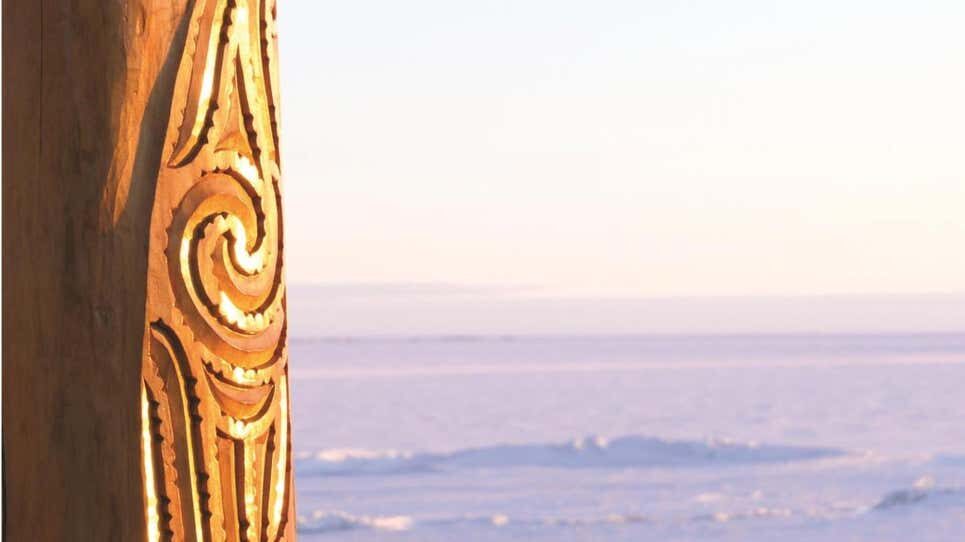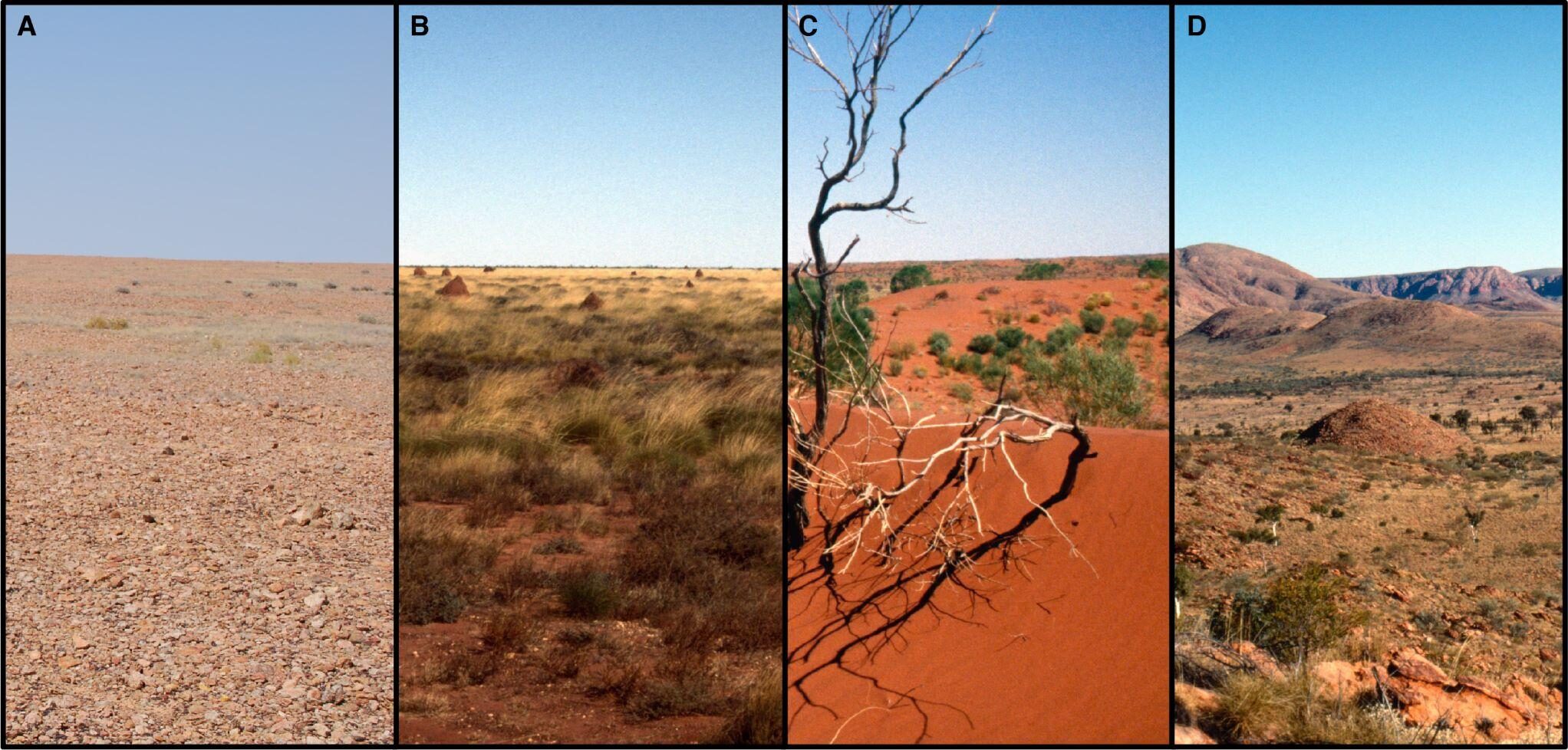
© A short scan of Māori journeys to Antarctica / Journal of the Royal Society of New ZealandA Māori carving with the Ross Ice Shelf in the background.
European explorers are typically credited for discovering Antarctica 200 years ago, but new
research published in the
Journal of the Royal Society of New Zealand reminds us of a neglected account in which Polynesians are described as sailing through Antarctic waters in the 7th century CE.This may be news to many people, but it's "a known narrative," as Priscilla Wehi, the lead researcher on the new study and a conservation biologist at Manaaki Whenua Landcare Research,
told the
New Zealand Herald. That Polynesians may have visited Antarctic waters so long ago will hardly be a revelation to the Indigenous Māori of New Zealand, as their legends make note of this account.
Indeed, connections between Indigenous peoples and Antarctica "remain poorly documented and acknowledged in the research literature," as the scientists write in their study, adding that the new "paper begins to fill this gap."
To that end, the team, which included researchers from Te Rūnanga o Ngāi Tahu (a group representing the Māori people of the southern islands of New Zealand), analyzed literary accounts, oral history, and also representations made on carvings and weavings, to "construct a richer and more inclusive picture of Antarctica's relationship with humanity," as Wehi explained in an
press release. In so doing, the team sought to build a "platform on which much wider conversations about New Zealand relationships with Antarctica can be furthered," she added.



Comment: See also: